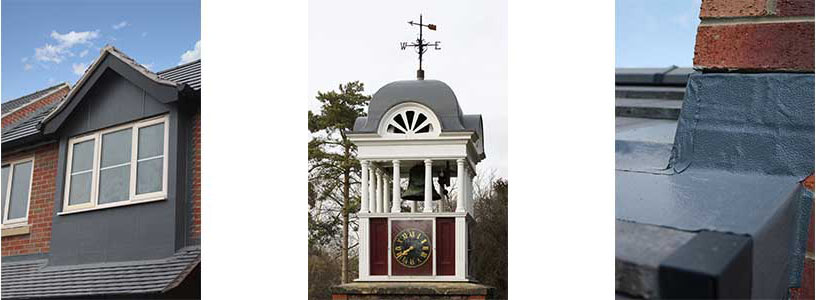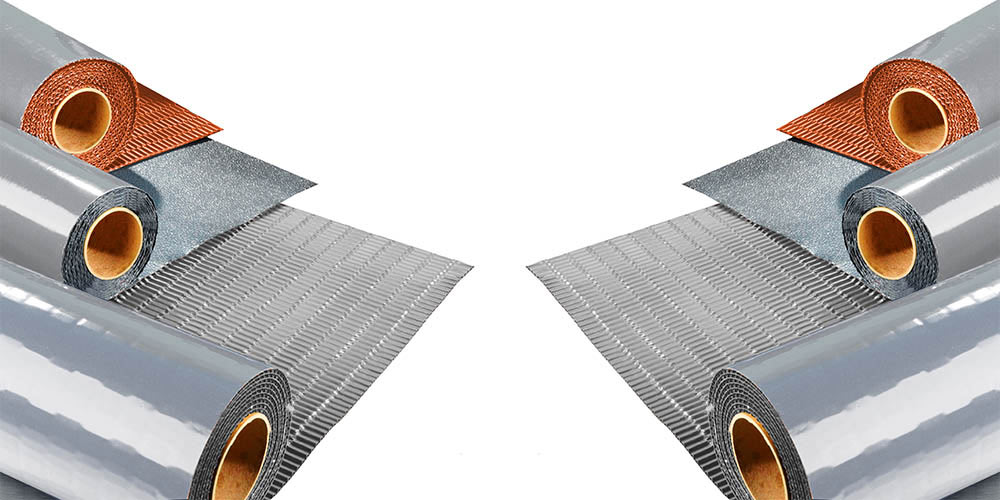Lead has long been used as a flashing material in the construction industry to prevent the ingress of moisture into a structure particularly on roofs. However, lead-free products are growing in popularity due to health and safety issues around weight and toxicity, the rise in the cost of lead and related to this, increased incidences in lead theft. Adam Ford from Building Product Design explains their advantages.
Cost-effective
A key benefit of lead-free flashing is its cost-effectiveness. With many lead-free products being aluminium based, they have suffered less in terms of significant price rises. There is also no risk of metal theft, which is sadly all too common these days in the case of lead. Some independently certified lead-free products offer a design life of 30 years, giving reassurance to contractors that they will do their job for years to come.
Kinder to the environment
Lead-free flashing is environmentally friendly and non-toxic, making it safe to handle with no potential hazards for installers and no contamination of run-off water. Some are suitable for rainwater harvesting and water trough systems and can also be used as a durable patch repair solution.
Flexible
Lead-free products are compatible with brickwork and blockwork and can be used with a wide range of common roof materials such as concrete, clay, slate and metal. Some products include an integral, high-tack butyl self-adhesive layer to the back to prevent water penetration and eliminate the issue of wind uplift. The butyl backing has a durable bond for applications in a service temperature typically ranging from -40°C to +90°C.
Lead-free alternatives are malleable and therefore easy to shape and form by hand. They are available in a choice of colours and have an attractive and durable surface finish. The material does not oxidise, stain or rust and requires no patinantion oil.
Versatility is one of the lead-free alternative’s key strengths. As well as being used as stand-alone flashing, it may be used as part of a system, for example with cavity trays, supplied in both short and long lengths to suit the application. Lead-free flashing is now being used with roof tile vents to assure the weatherability of the installed tile vent and the roof underlay underneath.
Depending on the manufacturer, different types of finishes may be available to suit the application. A cross-corrugated finish enables the flashing to be moulded over complex shapes such as profiled roof tiles and corner junctions. By extending the corrugations, at least 25% more product can be realised. An embossed finish is suitable for less intricate and pitched roof applications such as abutments, valleys and around chimneys.

Above: Examples of lead-free installations using Protect Aluflash
Compliant
It’s important to look for a lead-free flashing material that is AA fire-rated, to ensure that it complies with BS476 to provide the highest level of fire resistance. Attention should also be paid to products that display independent BM TRADA or equivalent certification, giving contractors the confidence that the product has been independently tested.
Installation considerations
Lead-free flashing is quick and simple to install, either by hand or with a dedicated dressing tool suitable for the product. It is important to note that bespoke lead dressing tools should not be used as they may damage the weather coating or the aluminium. It is lightweight making it easier to handle, a key consideration when installing larger width sizes. Most lead-free alternatives can be supplied in a variety of widths, minimising wastage and time cutting to size. With no patination oil required, lead-free flashing is a ‘fit and forget’ solution once fitted, saving both labour costs and materials cost.
A key consideration when installing flashing that is butyl backed is to ensure the surface is dry and free of any loose granular debris and excessive dust prior to fitting. Where the surface to be applied to is of a granular nature, or where the flashing is to be fitted in cold temperatures, it may be necessary to first prime the surface with a suitable primer before fitting the lead-free flashing material.
When using a lead-free alternative as a stand-alone flashing material, overlaps will need to be formed. The amount of overlap varies according to the application. A minimum of 100mm is recommended, and maximum 1.6m centres should be allowed for horizontal overlaps and for stepped overlaps e.g. along a sloping edge abutment, a minimum of 50mm overlap, at maximum 1.6m centres should be allowed.

